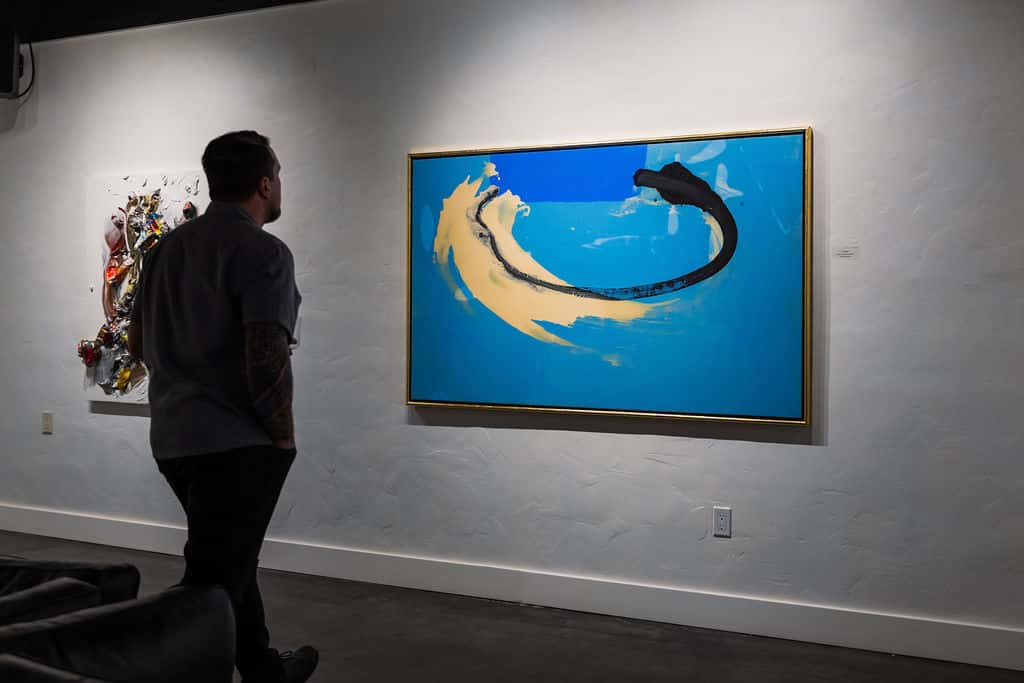
For decades, Phil Darrah has been a defining presence in the Canadian art scene. With his ornamental and calligraphic abstracts, the longtime Edmonton-based painter was not only a familiar professor at the University of Alberta but also the artist behind the monolithic Calix at the Winspear Centre. Now retired from teaching, Darrah continues to captivate audiences with his powerful, fluid compositions that defy rigid structure and celebrate movement and expression.
His recent works, currently exhibiting at SOPA Fine Arts, showcase a departure from strictly geometric forms, embracing loose, expressive lines that dance across fields of liquid color. These pieces embody a lifetime of artistic exploration, carrying both personal and historical influences that trace back to his childhood in England.
Phil Darrah – Early Influences and the Battle of Britain
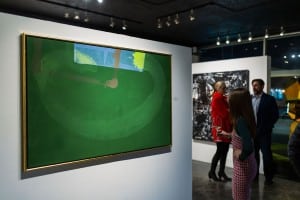
Darrah’s deep connection to early 20th-century painters is evident in his work. One of his formative experiences was seeing Paul Nash’s 1941 The Battle of Britain, a painting that left a lasting impression on him as a child.
“I grew up admiring a lot of painters from the early 20th century, in particular Paul Nash,” Darrah recalls. “I first encountered him as a student at the Imperial War Museum in London. As a young boy, my mother made vivid descriptions of the fights over Selsey near Sussex.”
This early exposure to war imagery, abstraction, and surrealism influenced his approach to painting. He notes that his titles often come long after the works are completed, allowing each piece to exist first as pure form and feeling before being tethered to language.
Phil Darrah – Evolution of Practice: From Edmonton to Mulhurst Bay

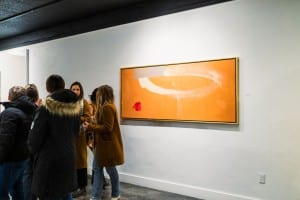
In 1997, Darrah moved his home and studio from Edmonton to a more secluded acreage in Mulhurst Bay. This shift coincided with a period of deep reflection, triggered by the loss of his mother and preparations for an exhibition in Greece. It marked a turning point in his career, prompting him to reconsider his approach to abstraction and incorporate more representational elements into his work.
His Recollections series, exhibited in Greece in 2002, was the first public acknowledgment of this evolution. Inspired by his immediate surroundings, Darrah began integrating forms from everyday life into his compositions.
“The Purple Martin birdhouse in my yard is invariably the first thing I see as I look out of my bedroom window,” he explains. This serrated structure became a recurring motif, reminiscent of architectural niches he had seen in Karnak, Luxor. It became a central visual element in his paintings between 1998 and 2003.
Another striking influence was an antique Hindu Sarongi, a stringed instrument hanging in his living room. This instrument’s interplay of positive and negative volumes began to merge with the birdhouse motif, shaping the foundation of his works during this period.
Travels and Resonant Imagery
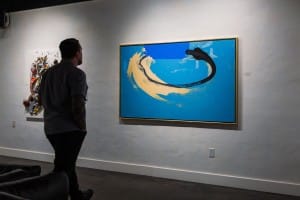
Darrah’s artistic curiosity has been fueled by his travels, particularly in Greece. During a museum tour in 2002, he was drawn to an ancient white Lekythos, a ceramic vessel from the collection of Charles Politis. His fascination led to impromptu sketches, which later informed a painting paying tribute to both the ancient master ceramicist and Picasso, whom he believes may have also admired the same artifact.
These encounters reflect Darrah’s belief in painting as a way of internalizing and understanding history. He likens the process to how children act out scenarios to “fix” them in their minds—his paintings digest the literal imagery and transform it into his personal abstract language.
Recent Explorations
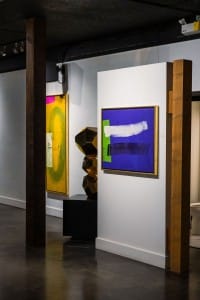
By 2004, Darrah found inspiration in the museum and architecture at Mycenae, leading to a series of paper works and paintings based on small ceramic figurines. These simple forms, with their striped decorative motifs, resonated with his prior engagement with linear abstraction and led to a renewed exploration of the vertical column and horizontal tableaux.
His latest works incorporate elements such as circles in combination with bar structures, creating compositions that bridge past and present. While he avoids over-explaining his choices in tonality and color, he acknowledges their intuitive role in his creative process, shifting between darker and lighter palettes as his drawn motifs evolve.
A Legacy of Abstraction and Discovery
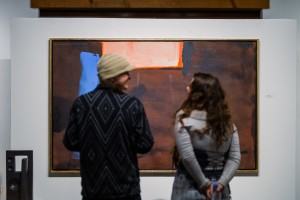
Phil Darrah’s career has been one of continual transformation, marked by a willingness to re-examine past ideas while embracing new visual languages. From his early days inspired by Paul Nash to his immersion in Greek antiquities and the natural surroundings of Mulhurst Bay, his work remains deeply personal yet universally resonant.
Through his unique blend of abstract forms and referential imagery, Darrah invites viewers into a world where memory, history, and intuition intersect—a testament to his lifelong commitment to artistic exploration and reinvention.
February 26, 2025